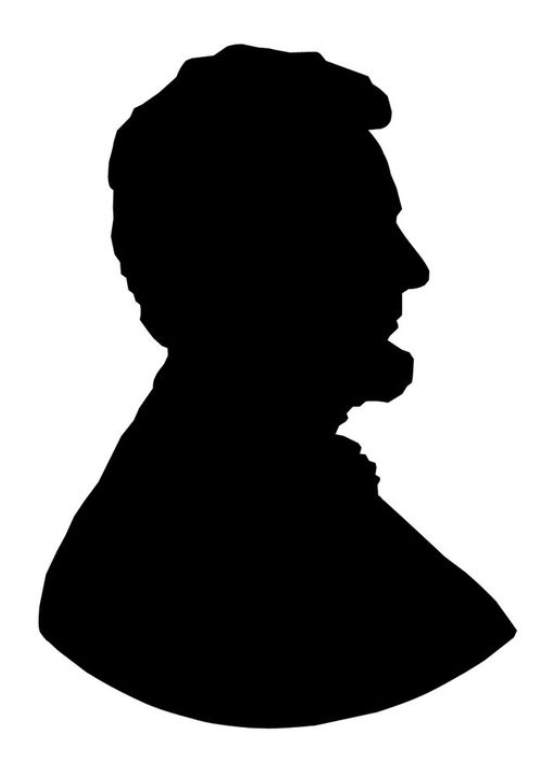
Today is Abraham Lincoln’s birthday. It bothers me that we have lumped Lincoln’s and Washington’s birthday’s into one generic Presidents’ Day. They were not generic men; each in their particular ways were fathers of new eras in the American experiment. It bothers me still further, that at a recent trip to an elementary school, even the third graders didn’t know who Lincoln was, or recognize that distinctive profile. It’s a subject simple enough for kindergarteners, but we seem to assume that children are incapable of learning things these days.
As a former teacher—and lifelong admirer of President Lincoln—I consider the abandonment of history a disgrace to our schools. Not to mention the abandonment of grammar, literature, and civics and…just reading. If you don’t believe me, look at the statistics. I’ll wait.
Children are sponges. They love knowing things, and their brains are programmed to memorize facts. It’s what human beings are meant to do. The education establishment dismisses memorization as mere rote learning—as if memorizing is somehow wrong. But I see memorization both as a gift and as the proper preparation for thinking. And at any rate, it would be a nice start.
I saw this close-up and personally when I was helping my grandson with his algebra this fall. How do you factor if you haven’t (in second grade) memorized the multiplication tables? It’s a form of rote learning that forms the facility for all the mathematics that follows.
Literature, too, is aided by youthful memorization. Children may not be ready to grasp the depths of meaning or the literary allusions in a memorized poem. But they internalize everything. Once memorized, the poem belongs to them in their own personal library to be recalled at will, or to arise unbidden at an apposite moment. And because it is theirs, their understanding gradually develops as they mature. They internalize the rhythms, too, and those old lines roll up like waves in the unconscious, building a sense for the language and its music. These things form good writers and appreciative readers, and create a common cultural underpinning that bonds us as human beings.
And history—that rhythm of ascent and failure that we repeat as civilizations and as individuals—begins with facts. Who did that? When was that? What happened first? What happened next? It’s only armed with these facts that we can form any opinions of what we think. You can’t think about history without knowing its essential details. And if we don’t know essential details, what do we have to remember?
The millennia-old tradition of education was that children go to grammar school to memorize—history, grammar, languages, literature, scientific and mathematical facts—until the age of twelve. At twelve, having reached the age of reason, they begin their true education. But that education is based upon the foundation of everything built before.
On this day in 1809, a great man of American history was born in a log cabin in Kentucky. He was a poor farmer’s son, and his life grew terribly hard when his beloved mother, Nancy Hanks, died at age 34 of poisoned milk. But his step-mother, the determined Sarah, encouraged him to read, and insisted that he educate himself. And read he did—whatever he could find—after a grueling day of manual labor, by the fire light. His speeches and letters reflect how deeply he internalized the great literature of his time, how influenced he was by the Psalms, by Shakespeare, by Milton, by the ancient Greeks. He walked miles to borrow—and return—books. He read widely and deeply, and he memorized. Today, if we have any sense, we look back and honor him for his righteousness, his valor, his humanity, and his martyrdom to the cause of freedom. He was an honorable man, worthy of being honored.
I didn’t use a book to look this up this morning. I learned it in elementary school.
It makes me sad that so many Americans did not.
